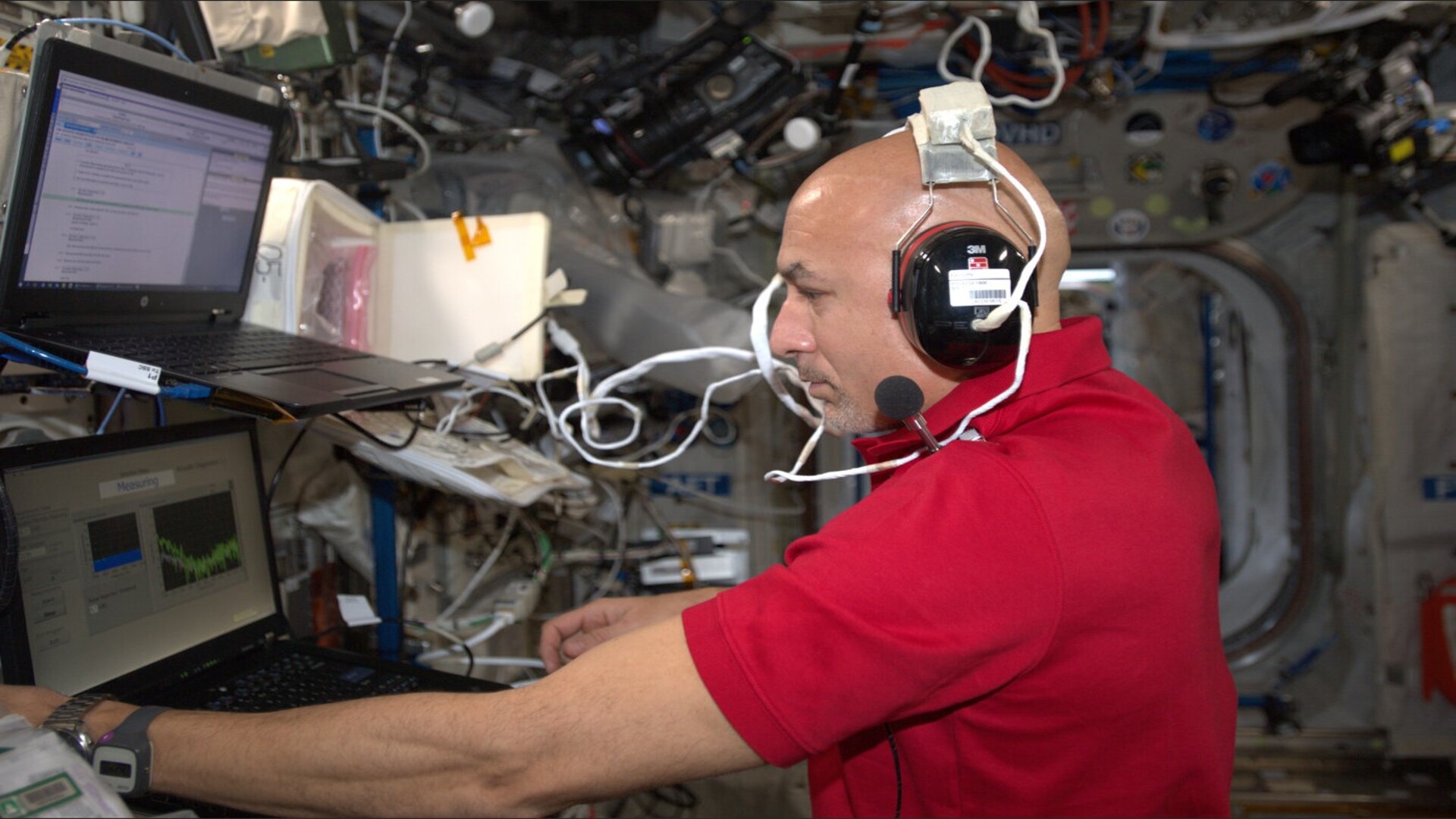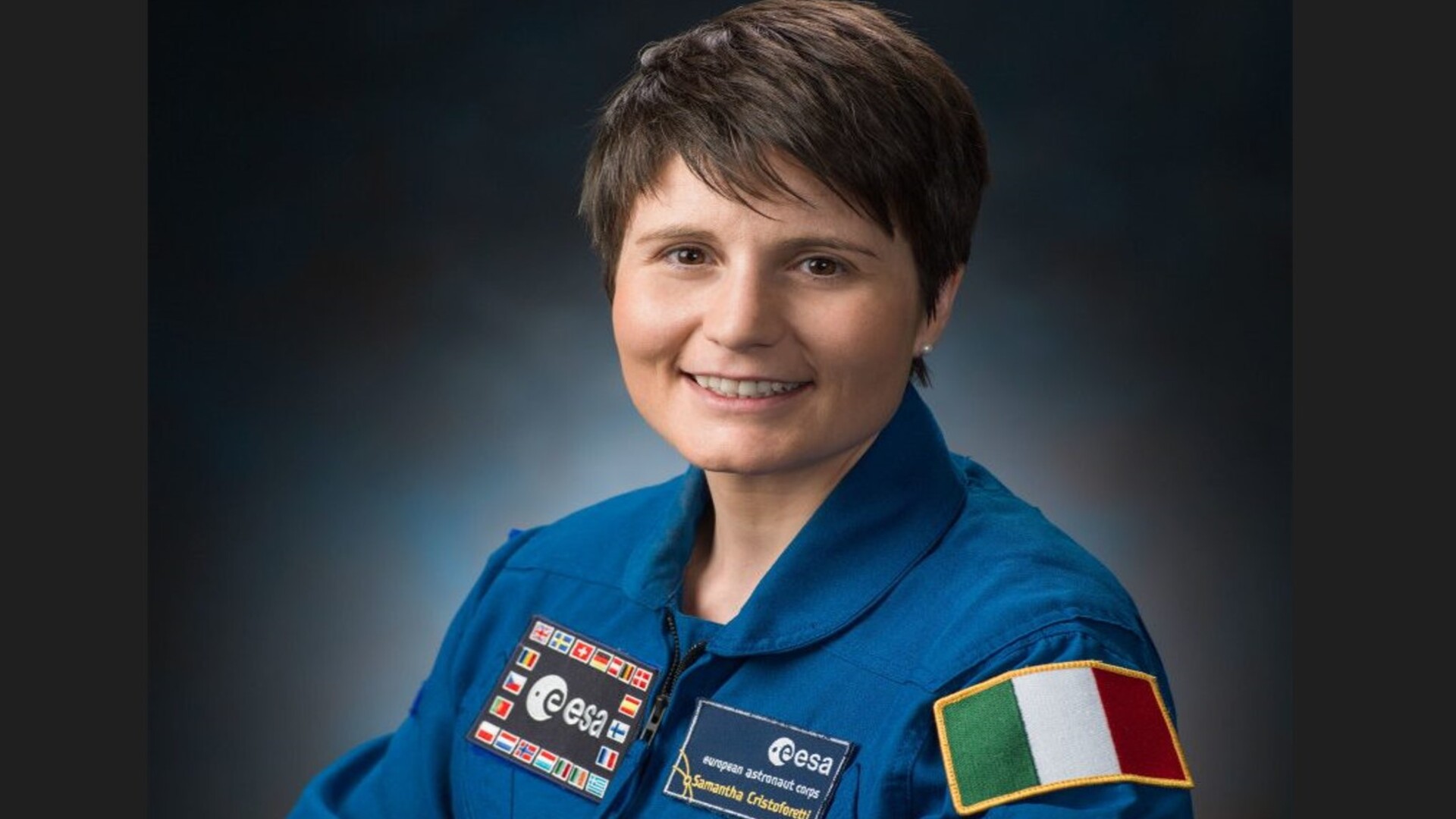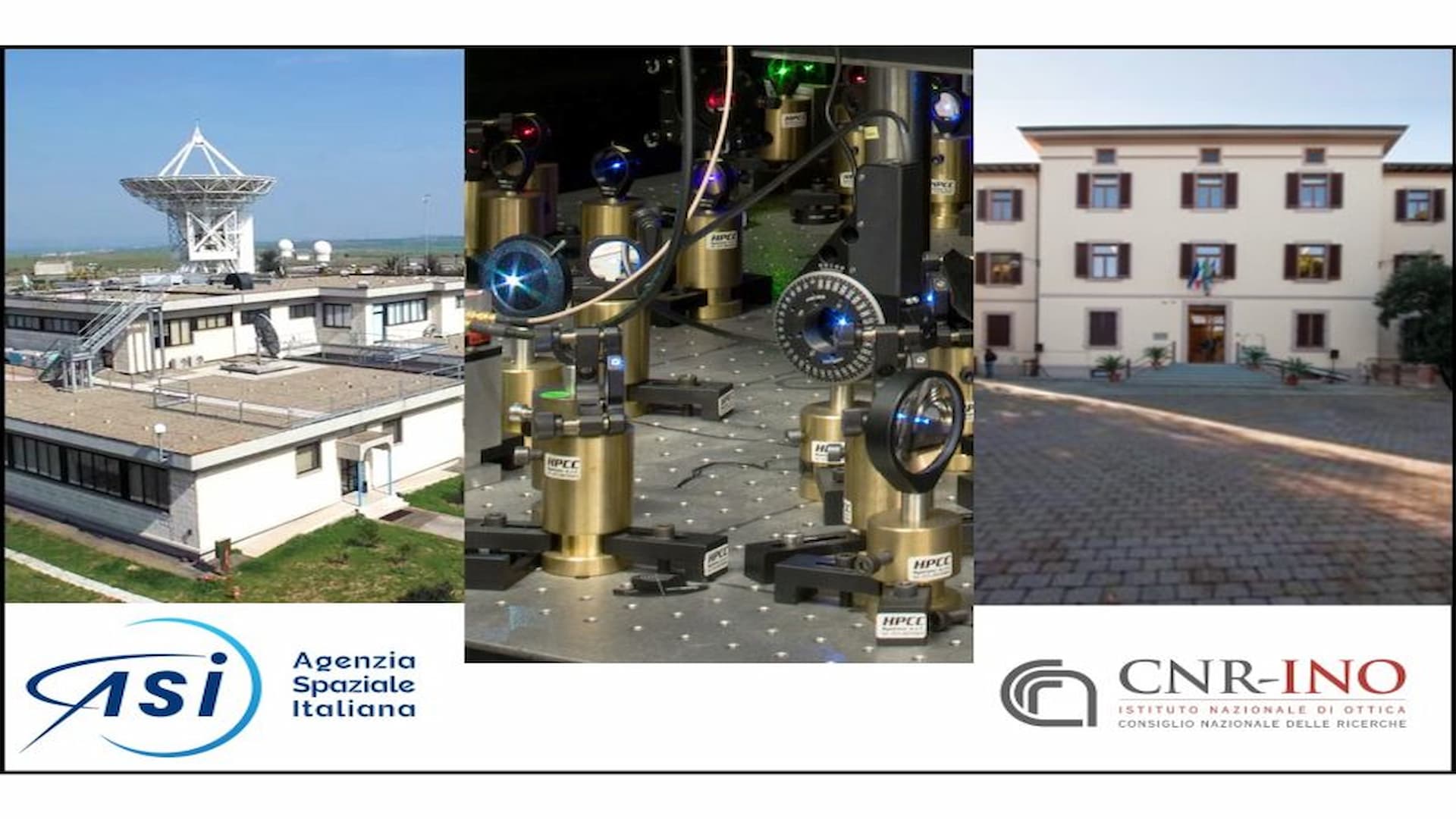Few hours after the midnight of January 1, 2022, several satellites devoted to high-energy astrophysics, including the Italian AGILE (Astrorivelatore Gamma ad Immagini LEggero) of the Italian Space Agency, had greeted the beginning of the new year by revealing what is probably the most energetic Gamma-Ray Burst (GRB) ever reported in the history of the observations of these phenomena, i.e., the GRB 220101A. On Friday 15 July, the first detailed study on this "New Year's Burst" was published in the Astrophysical Journal, using data acquired by the AGILE satellite.
«This event is exceptional» explains Alessandro Ursi of the INAF, first author of the article. «In its 15 years activity, AGILE has already had the opportunity to reveal some particularly intense GRBs, such as the GRB 080916C and the GRB 160625B, but these events are quite rare. GRB 220101A took place more than 12 billion light years away, at the time when the universe was "just" 1.3 billion years old, and its equivalent isotropic energy (i.e., a parameter adopted to estimate the energy emitted by these phenomena) is the highest ever reconstructed for a GRB».
This record-breaking energy made this event drive a great interest from the scientific community in a short time. In the following days, more than twenty GCN communications were released, reporting observations carried out by other space missions and by astronomical ground-based observatories.
«The data acquired by AGILE» continues Ursi «made it possible to provide a first characterization of the prompt phase of this GRB, which corresponds to the emission of high-energy radiation in the initial shocks taking place within the central engine. The different detectors onboard the satellite, whose energy coverage ranges from the X-ray (SuperAGILE 20-60 keV) to the gamma-ray (AGILE-MCAL 0.4-100 MeV) band, allowed us to provide a first comprehensive overview of the temporal evolution and the energetics of this event. Using AGILE data together with public data from the Swift satellite, it was possible to study also the so-called "afterglow" emission, that is, the delayed emission at lower energies, produced by the interactions of the initial shocks with the surrounding interstellar medium. This analysis allowed to obtain interesting information regarding the environment in which such energetic event took place».
AGILE confirms itself as an exceptional instrument, not only for the observation of cosmic phenomena such as GRBs, but it continues to give fundamental contribution also for the observation of high-energy phenomena from the Earth, such as the Terrestrial Gamma-Ray Flashes (TGFs) (A. Lindanger et al. 2020; C. Maiorana et al. 20209). «Recently all TGFs seen by AGILE up to 31 December 2021 have been published on the ASI SSDC data center website, including details and additional information compared to the original publications of the third TGF catalog in 2020", says Carlotta Pittori, project scientist and coordinator of the data center of the AGILE mission.




